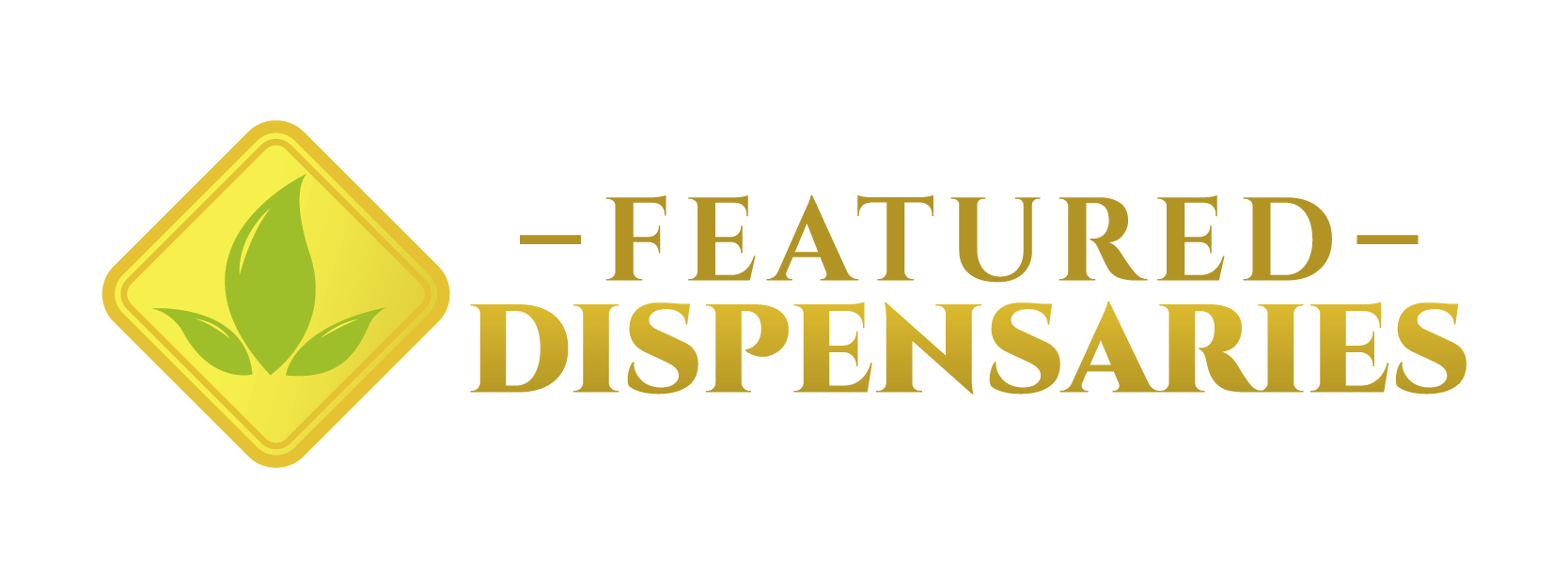As cannabis becomes increasingly normalized across the United States—with 24 states legalizing recreational use and 38 permitting medical use—many parents, educators, and health experts are raising a pressing question: Should cannabis education be taught in schools? And if it isn’t, how can children and teens be properly informed in a safe, evidence-based way?
Current Status: Limited and Inconsistent
Currently, cannabis education in U.S. schools is limited, inconsistent, and often lumped into broader drug prevention curricula. Programs like D.A.R.E. (Drug Abuse Resistance Education), once ubiquitous, have long faced criticism for being outdated or ineffective. While some districts have updated these programs to reflect modern science, most cannabis-related education still focuses on abstinence rather than offering balanced, evidence-based information.
According to a 2020 report from the National Center for Education Statistics, health education remains mandatory in most U.S. states, but specific discussions around cannabis vary widely. In many states where cannabis is legal, schools are left to decide how—or whether—to address the topic, leading to a patchwork of messaging that often fails to engage today’s media-savvy youth.
Dr. Nora Volkow, director of the National Institute on Drug Abuse (NIDA), has expressed concerns that adolescents are increasingly exposed to pro-cannabis messaging through social media and pop culture without the counterbalance of accurate health information. “The gap between perception and reality is widening,” she warned in a 2023 NIDA symposium. “Teens perceive cannabis as harmless, despite scientific evidence of potential harm to developing brains.”
The Need for Modern Cannabis Education
Experts agree that modern cannabis education should go beyond scare tactics. Instead, it should focus on scientific facts, including the effects of THC and CBD on the adolescent brain, addiction risks, mental health implications, and safe decision-making. Such education could mirror the approach taken with sex education—factual, age-appropriate, and rooted in public health goals.
“Kids need real information, not just fear-based messaging,” says Linda Richter, Ph.D., Vice President of Prevention Research and Analysis at Partnership to End Addiction. “By middle school, they’ve likely already heard about cannabis. We need to meet them with science, not stigma.”
How Parents and Communities Can Fill the Gap
In the absence of standardized cannabis education in schools, the responsibility often falls on parents, healthcare providers, and community organizations.
The American Academy of Pediatrics recommends that parents have early, honest, and ongoing conversations with their children about cannabis, especially in states where it’s legal. They advise using teachable moments—like news stories or passing a dispensary—to initiate dialogue.
Community programs are also stepping up. In Denver, where cannabis has been legal for nearly a decade, the High Costs campaign uses youth-led storytelling, school partnerships, and interactive digital content to inform teenagers about cannabis risks. Similarly, California’s CannaFacts initiative offers free, culturally relevant resources tailored to diverse youth populations.
Digital platforms are proving effective as well. Websites like JustThinkTwice.gov, backed by the DEA, and Scholastic’s Headline Science feature age-appropriate articles, videos, and discussion guides for classrooms and parents alike.
Looking Ahead
As more states legalize cannabis, the need for structured, non-judgmental education in schools becomes more urgent. “Cannabis is part of our reality now,” Dr. Richter emphasizes. “We can’t afford to let misinformation fill the silence.”
Until a national standard is adopted, the burden falls on communities to ensure young people have access to accurate, timely cannabis education—before misinformation becomes their primary teacher.
